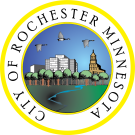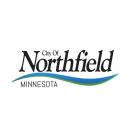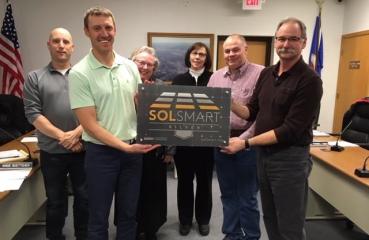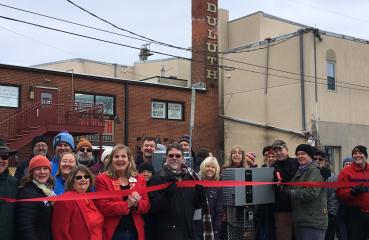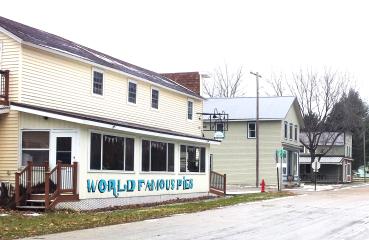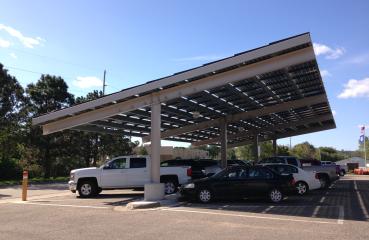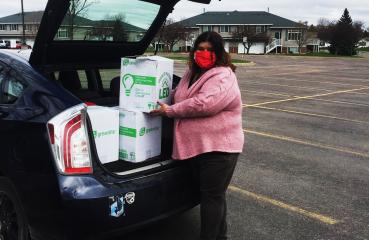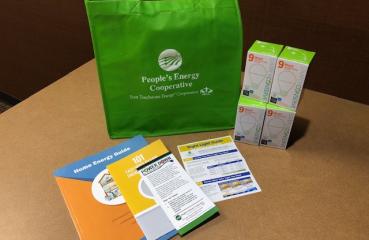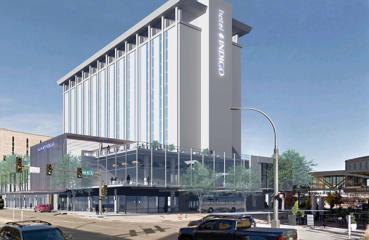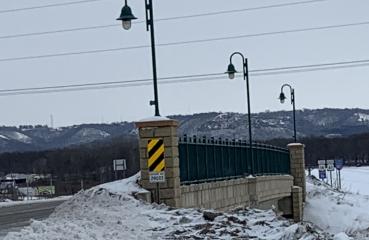In the three years since a Sustainability Office was established in the City of Rochester, the community has initiated an impressive number of building blocks toward sustainability. Rochester is one of the first cities in the country to achieve Leadership in Energy and Environmental Design (LEED) Gold Community Status. This LEED certification is based on rankings around energy, water, waste, transportation, and the human experience. Rochester’s highest scores are in the energy category where they have reduced their per capita carbon emissions by 16% and energy use by 21.5% over 2007 levels.
The movement began several years before Kevin Bright was hired as Sustainability Director for Destination Medical Center and Rochester, with development of the 2015 Energy Action Plan, partly funded by a CERTs Seed Grant. Bright, with extensive sustainability experience at Harvard University and Colby College, has accelerated the process helping the city forge a path to its long- and short-term sustainability goals. Using energy-use wedge planning tools available through participation in the Minnesota GreenStep Cities program, Bright modelled and then proposed needed carbon and energy reductions in buildings, transportation and electricity generation sectors.
Over the last several years these goals have translated into specific actions in Rochester’s various plans. For example, the Energy Action Plan, approved in 2016, and the Transportation Plan, approved in 2019, call for electrifying public transit and city fleets, building electric vehicle infrastructure, encouraging biking and walking, creating a ride sharing tool, and growing transit-oriented development. As a municipal electric utility, Rochester Public Utilities is currently mapping out a plan to move toward 100% renewable energy by 2030. Planning efforts around the built environment include incentives for building energy efficiency, a Tax Increment Financing Sustainable Building Policy, and evaluations of multiple District Energy System possibilities.
The City and DMC have also worked toward a sustainability-focused culture change. A monthly sustainability series has been created, where local firms such as MEP Associates, a nationally recognized expert in district energy, share information. The monthly presentations are followed by open discussion about sustainability with community and business leaders. The Rochester Energy Commission initiated a project to perform weatherization for low-income residents. This has evolved into Minnesota Energy Resources, Rochester’s Natural Gas utility, offering these same programs across the city and region. The city is part of Minnesota’s Sustainable Building Collaborative with 90 buildings, representing 11% of the city’s energy use, participating in building benchmarking. Energy use is published publicly, bringing what are currently “externalities” into the market. Air monitors are being sited throughout the city and data will inform possible new transportation decisions, such as idling policies. This year Rochester has formed a Green Team to look after city building operations and a Community Sustainability and Resiliency Task Force to determine waste, water, materials, and transportation mode shift goals.
Why make sustainability a priority? “At the end of the day, we are working to ensure cleaner air and water, less waste, a dependable and robust mass transit system, and a community where all feel welcomed and are given opportunities to thrive,” shared Kevin Bright. “I think given its scope, the concept of sustainability provides anyone an opportunity to engage and for alignment.”



